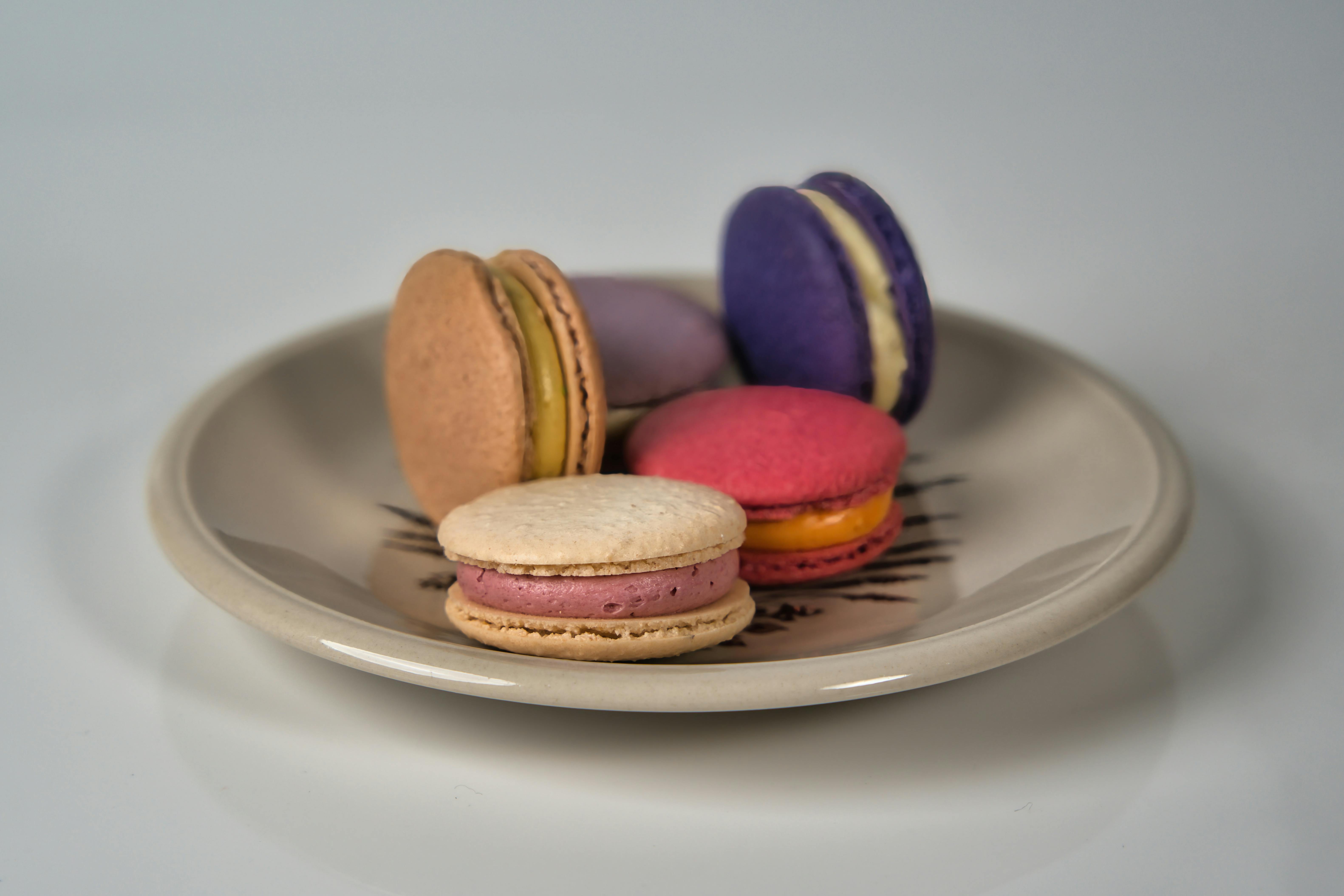A Dive into the Delicate Art of French Patisserie
French patisserie is not just about baking; it's an art form that combines precision, creativity, and a profound understanding of ingredients and techniques. These sweet delicacies are the cornerstone of French culture, offering a delightful blend of tradition and innovation. Let's unravel the mysteries behind the delicate art of French patisserie, from its centuries-old traditions to modern twists and trends.

A Brief History of French Patisserie
French patisserie has its roots in the Middle Ages but blossomed during the Renaissance when sugar became widely available. Bakers started to create elegant and intricate pastries, establishing patisserie as a respected culinary discipline. Today, the craft continues to thrive, with pastry chefs pushing boundaries and reinventing classics with contemporary flair.
The Key Ingredients
The beauty of French patisserie lies in its simplicity. The key ingredients - flour, eggs, sugar, and butter - are transformed through precise techniques into an array of exquisite pastries. The quality of ingredients is paramount, as each contributes significantly to the texture, flavor, and appearance of the final product.
The Techniques Behind the Art
French patisserie is a meticulous art that requires precision and skill. Techniques such as laminating dough for croissants, tempering chocolate for ganache, and creating a stable meringue for macarons demand patience and practice. Mastering these techniques is a testament to a pastry chef’s dedication and passion for the craft.
Trends and Innovations in French Patisserie
While traditional pastries remain popular, modern French patisserie is evolving with new trends and innovations. Pastry chefs are experimenting with unique flavor combinations, alternative ingredients, and artistic presentations, offering a fresh take on timeless classics. This fusion of tradition and innovation keeps French patisserie vibrant and relevant.
Iconic French Pastries and their Stories
French patisserie is steeped in history, with each pastry carrying a unique story. The croissant, originally from Austria, was adapted by French bakers. Tarte Tatin, a caramelized upside-down apple tart, was a happy accident by the Tatin sisters. These stories add a layer of charm to these beloved pastries.
A Sprinkle of Tips and Trivia
- Many French pastries have a designated ‘day’. For example, ‘Fête du Croissant’ is celebrated on January 30th.
- The macaron is believed to have originated in Italy and was brought to France by Catherine de Medici’s chefs.
- The classic French baguette must, by law, only contain flour, yeast, salt, and water.
French patisserie is a celebration of culinary artistry, tradition, and innovation. It highlights the transformative power of simple ingredients and the skillful techniques that turn them into delightful pastries. As the world of French patisserie continues to evolve, it remains a testament to France’s enduring culinary heritage and love for the sweeter things in life. Whether you’re a seasoned foodie or a curious beginner, exploring French patisserie is a journey of discovery and delight that never grows old.




